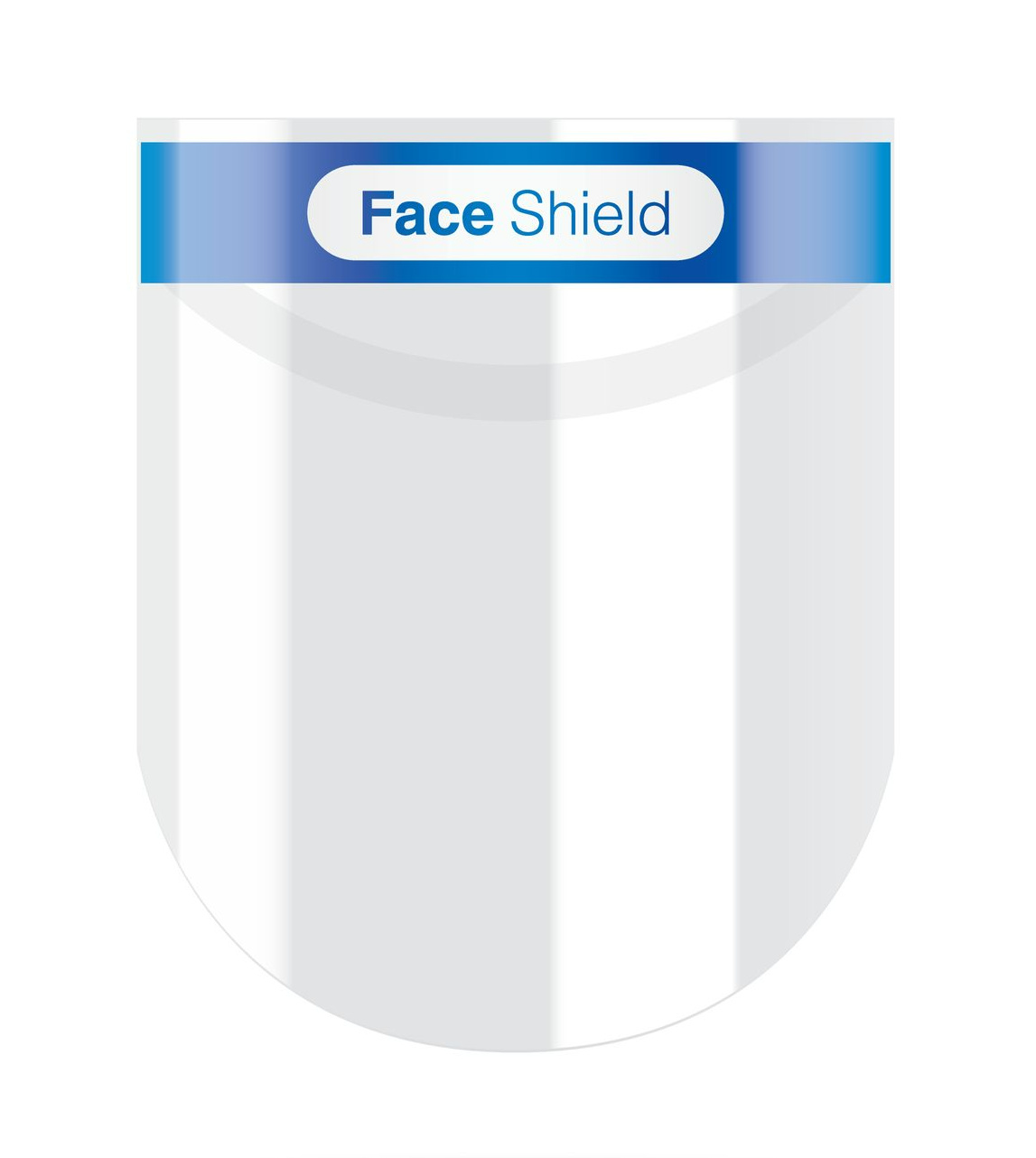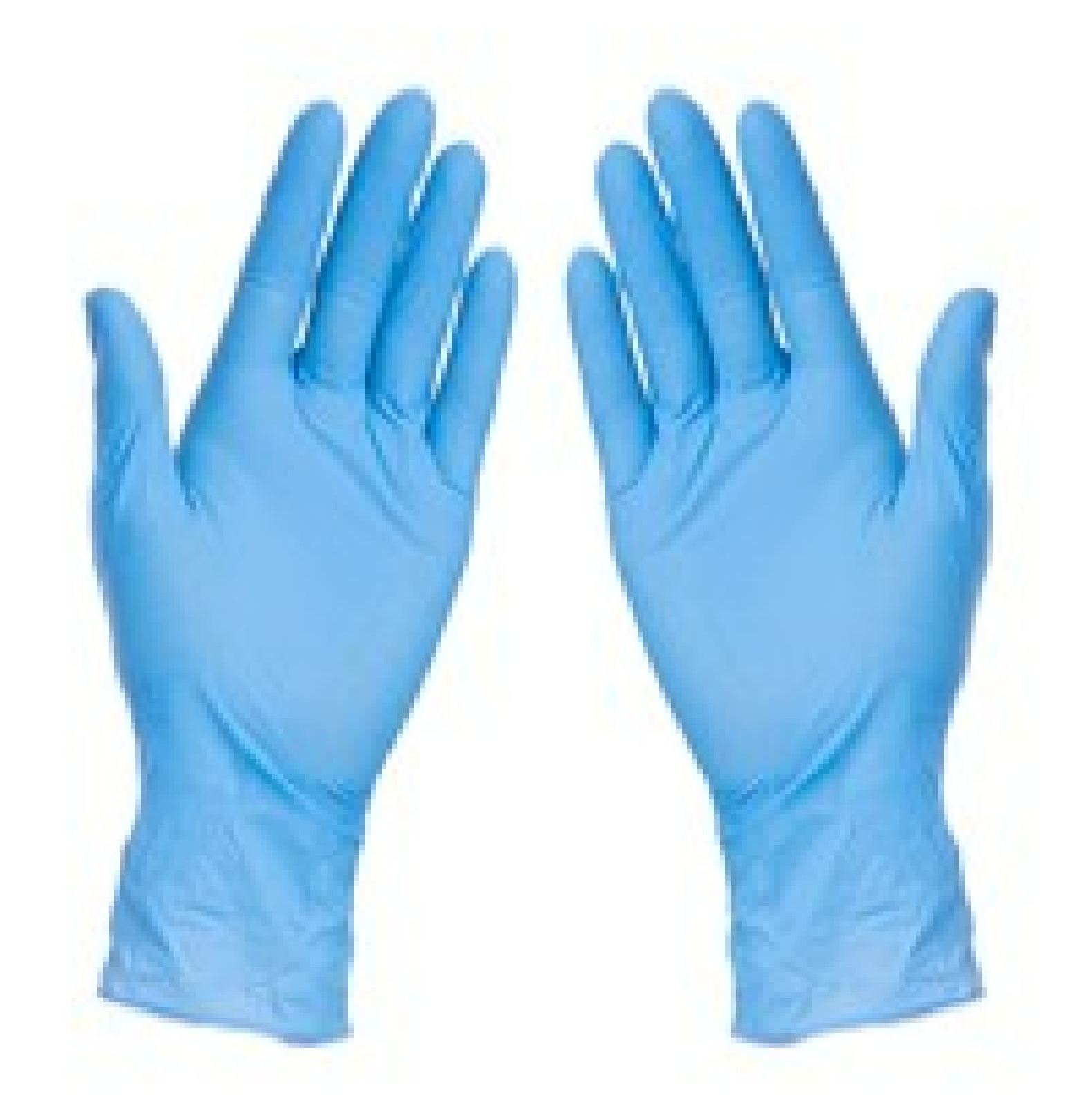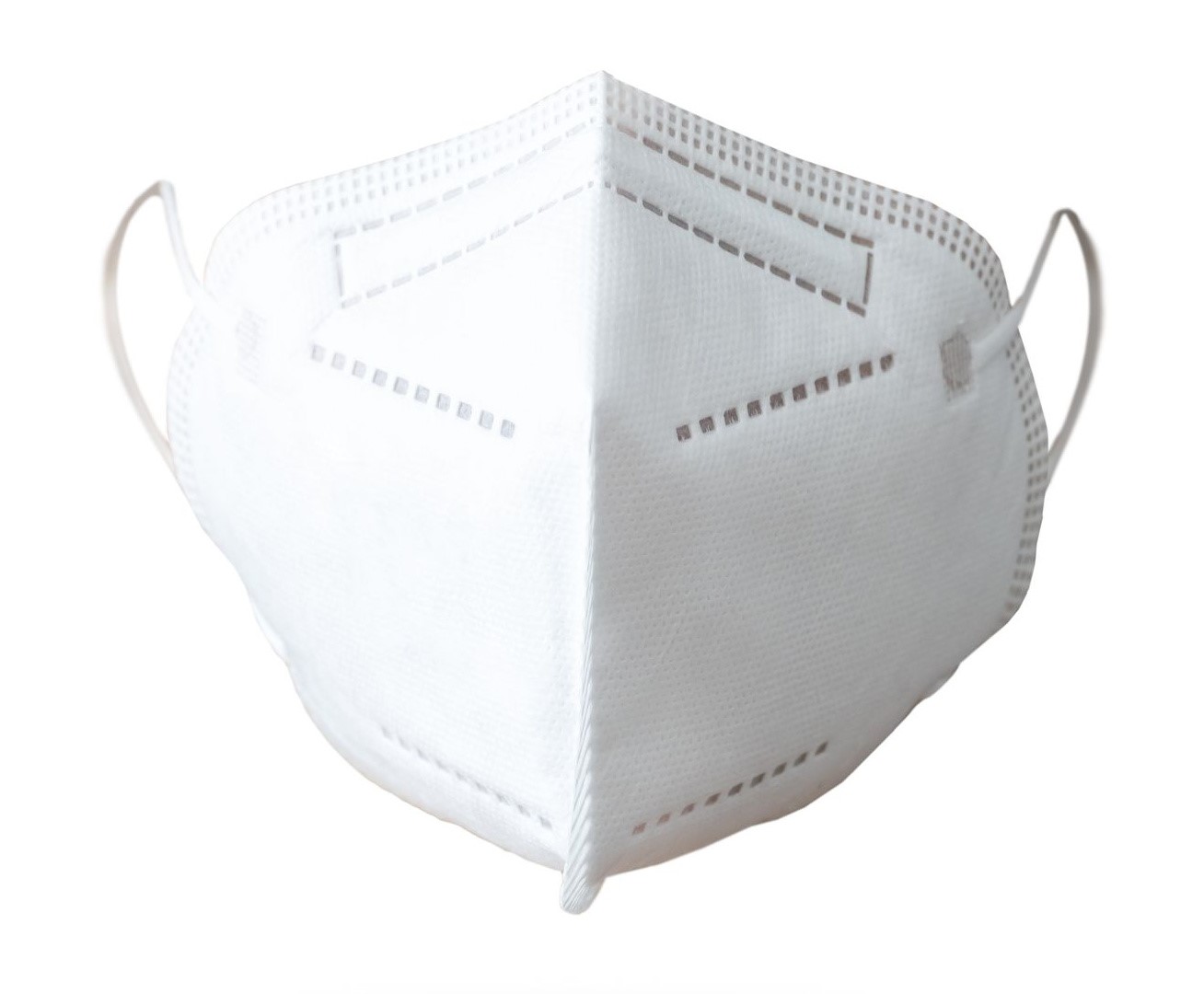Laundry Outbreak Management
All laundry items should be washed appropriately, ensuring the correct water temperature is achieved to destroy microorganisms.
Laundry and Linen Service Outbreak Process
Laundry employees will be notified by management of an outbreak. Appropriate PPE is to be worn when handling linen, and transmission-based precautions used.
|
PPE
Transmission-based Precautions Gloves Masks N95/P2 respirator Goggles Waterproof long sleeve gowns Clean clothes daily Regular hand hygiene |
Washing Infectious Linen
All suspected infectious linen and clothing should be managed as heavily soiled. Take heavily soiled linen and clothing directly to the laundry room and put them straight into a hot wash or keep them in a dry area ready for collection by the linen service. After placing heavily soiled linen in the washing machine, remove gloves and wash hands thoroughly.
A wash cycle of at least 65 degrees Celsius for 10 minutes or 71 degrees Celsius for no less than 3 minutes should be used to clean heavily soiled linen and clothing effectively; keeping the temperature higher for more extended periods is better.
Use the correct chemicals. A safety data sheet will be provided on the detergents and chemicals to be used and how to use them.
Infectious Linen Laundry Movement
Laundry practices must always minimise the risk of cross-contamination of infectious microbes between used linen  and clean linen.
and clean linen.
Segregation of heavily soiled linen and clothing into individual colour-coded skips and bags should occur at the point of care and be identified as residents' clothing, linen, and soiled items.
Heavily soiled linen must be contained in an alginate bag
Transport clean and soiled linen in separate skips to and from the laundry
Trolleys should be colour-coded and labeled
In the laundry, a clean-to-dirty flow of linen must be maintained at all times; dirty linen should be separated by a physical barrier from clean linen and be two meters away



